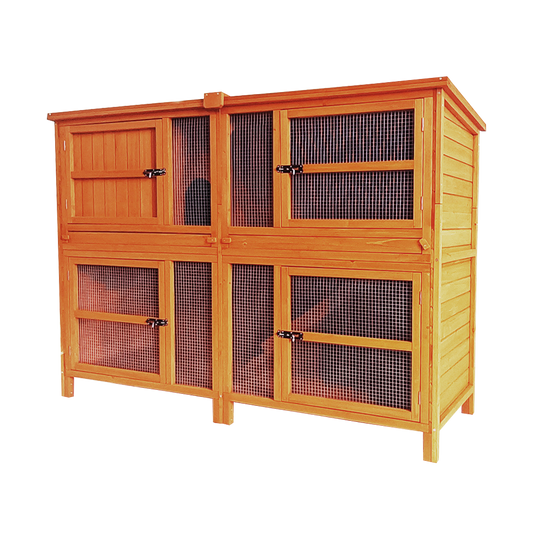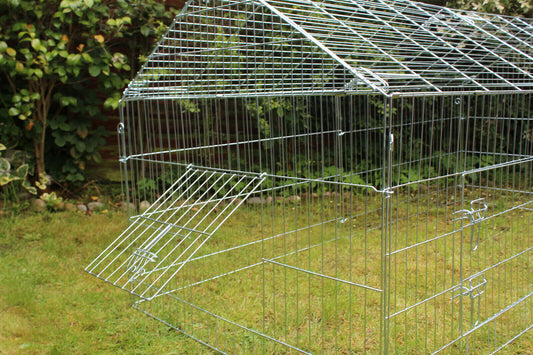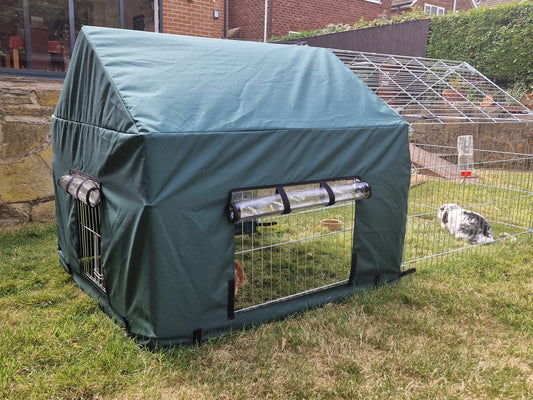So you’ve got your new puppy, you’ve picked out the best dog food for him and it’s tempting to get him switched over right away but that’s often the worst thing you can do.
Don’t rush
It’s really important to remember that moving to a new home and away from the mother, the siblings and everything he’s ever known is an incredibly stressful time for puppies. So stressful in fact that the majority quickly start to experience digestive problems like diarrhoea or constipation. Changing dog foods at this early and fragile stage could turn those minor digestive problems into major ones, could permanently put the puppy off the dog food in question and in many cases leads the owners to believe that the dog food itself is causing the problem.
The key with new puppies is to stick with whatever dog food he or she was on with the breeder for at least a week or two, no matter how awful that dog food is. Many breeders will provide a starter bag for exactly that purpose. Only once the pup has fully settled in and is producing nice firm but not hard poops on a regular basis, should you consider changing dog foods.
Still don’t rush
Dog’s digestive systems are incredibly robust but change their diet too quickly and they can struggle to adjust. This is because they become accustomed to the dog food types they regularly receive, producing more of the enzymes that are necessary to break them down and fewer of the ones that aren’t. This makes them incredibly efficient at digesting and utilising their normal dog food but not so good at unusual foods.
For that reason, it’s best to start introducing any new dog food gradually. Start by replacing 10% of the old diet with 10% of the new one on day one. On the second day, provided there are no signs of digestive upsets, increase to 20% new dog food, 80% old. As long as everything keeps going smoothly, you can keep increasing the proportion of new dog food by 10% or so each day until, on around day 10, your puppy is completely on the new dog food.
If, at any stage, the poop starts to become too loose, you are probably moving too fast. Just slow the change down, go back to the last ratio that worked for a day or two before continuing again.
Don’t overfeed
Too much of even a good dog food can lead to digestive issues so take care not to give too much. Different dog foods have different suggested feeding amounts so when working out the proportions use the respective guides. For example, on day one it would be 10% of the new dog food using the new dog food’s feeding guide with 90% of the old dog food using the old dog food’s feeding guide.
And that’s it. Just take your time and your new best friend will be on his new dog food before you know it.
If you enjoyed this article, you may be interested in:









